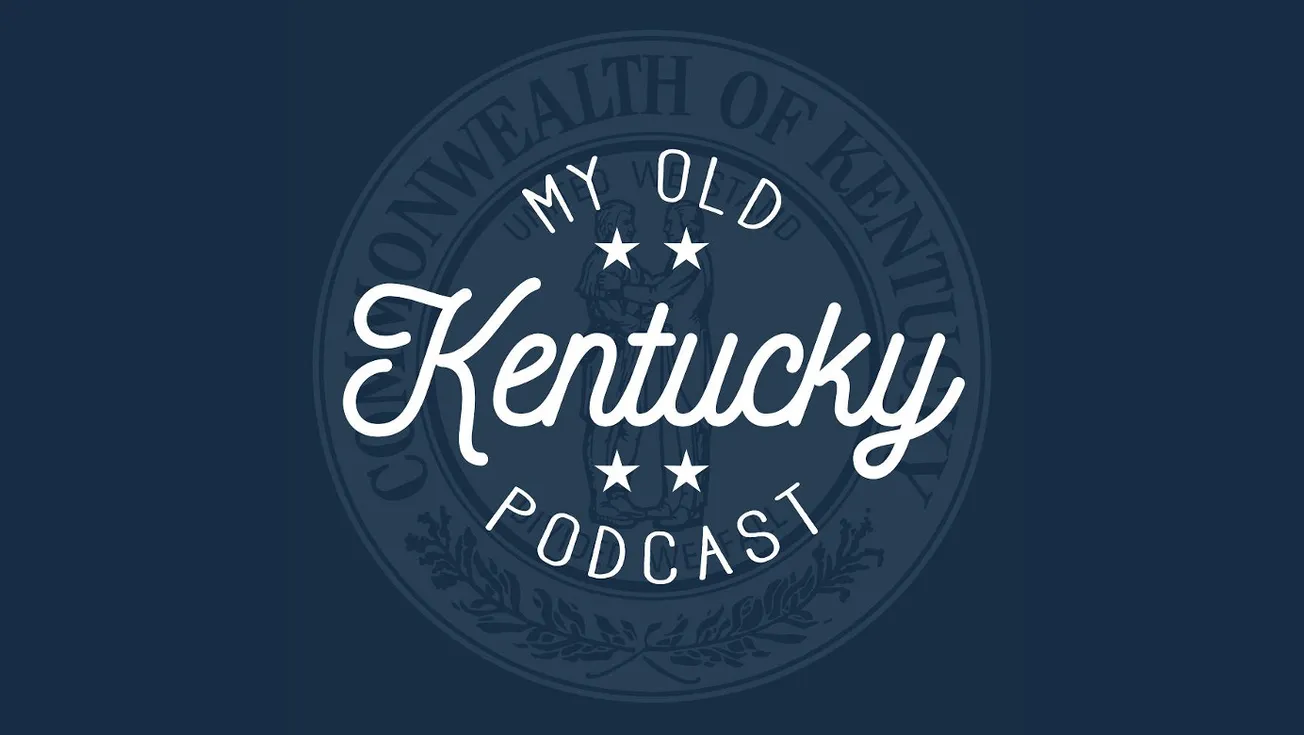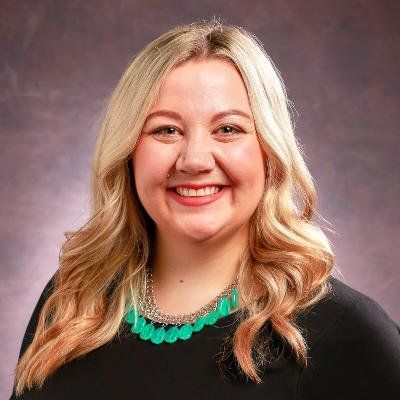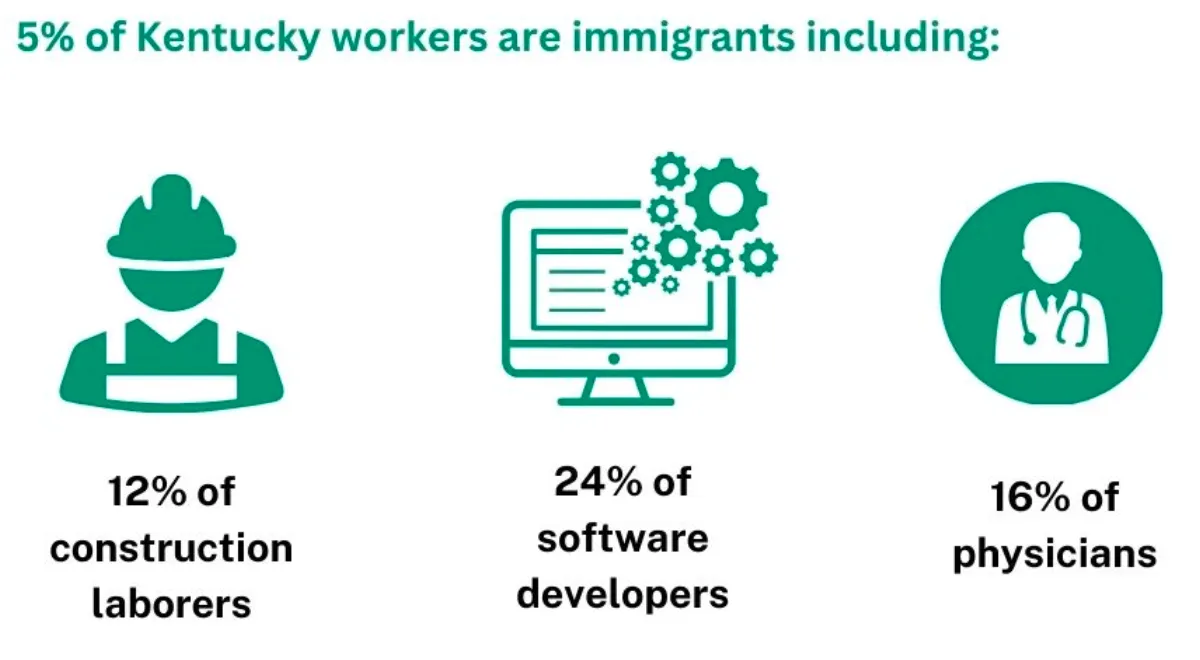Table of Contents
Hello Kentuckians and other friends! It's a somber week in Kentucky, as tornados devastated a wide swath of western Kentucky, destroying whole towns and killing dozens of people. After the devastation, local, state, and federal governments responded quickly. This week, we wrote about that work and how the early days of the cleanup and recovery are going. In addition, Jazmin wrote a few updates to some policing stories we've been tracking, and there is a COVID update.
On the podcast this week, we welcomed Craig Greenberg, candidate for Louisville Mayor, to the show. He was very generous with his time and answered a lot of questions we had regarding his run and talked to us about the issues he thinks are important to the campaign.
Also new this week – we started selling t-shirts! If you'd like to buy one, visit our shop at tee spring. We will be donating a portion of the money we raise to the victims of the tornados in western Kentucky.
Devastating Tornados in Western Kentucky - Robert
Friday night, Kentucky experienced one of the worst disasters in its history when a series of four tornados tore through much of Western Kentucky. The destruction was widespread – the biggest tornado travelled more than 200 miles, from across the juncture of the Ohio and Mississippi Rivers in Fulton County, through the Purchase and then through the Pennyrile all the way to Breckinridge County.
- More than a dozen counties experienced terrible damage. Mayfield (in Graves County) saw a tornado tear through its downtown, flattening nearly every structure. Damage was extremely widespread in other communities – some of the larger communities that had significant damage include Dawson Springs and Bowling Green.
- Non-tornado damage went as far north as Shelby and Oldham counties.
The tornados killed many people. As of Tuesday evening, 74 were confirmed dead with more than 100 people unaccounted for. There have been several harrowing stories in every newspaper, radio station, and television station across the state. So many really devastating stories have been hard to read, but it’s very important to tell these stories.
One of the main areas of discussion in the midst of this tragedy has been a candle factory in Mayfield. The tornado tore through the factory, completely destroying it. At the time the tornado hit, 110 people were working at the factory. In the immediate aftermath of the storms, it was feared that nearly all of those people were dead. However, it now appears that only eight of the 110 died.
- The candle factory has faced significant scrutiny in the days since the storm. NBC published an investigation into the factory which included the quote: “If you leave, you’re more than likely to be fired,” Emery said she overheard managers tell four workers standing near her who wanted to leave. “I heard that with my own ears.” and “I asked to leave and they told me I’d be fired,” Johnson said. “Even with the weather like this, you’re still going to fire me?”
- The factory management has pushed back against that claim. They say that there has been a worker shortage and that anyone could have left at any time and retained their job, because they couldn’t afford to fire anyone. That sounds plausible, but also the actual policies of upper management aren’t always well communicated to floor managers in factory settings like these.
- The factory has been fined a few times by OSHA, but it’s hard to say if their situation is out of the ordinary, or whether the increased scrutiny is exaggerating how much worse they are than the average factory. Very few buildings in Kentucky would have survived the direct hit their factory took during the tornado.
The immediate response from the state government was intense. The national guard was en route to the impacted areas before day broke on Saturday, with 448 members of the guard working in Western Kentucky as well as employees of the Transportation cabinet and the department of forestry. In addition, state parks and other state resources are being used to house people who have lost their homes.
- State government has set up a relief fund for people to donate to. Governor Beshear announced that the first expenditure from the fund would be for burial expenses for all the people who died in the tornados. He said that the state government would find all the families and that no one would need to apply.
- First Lady Brittany Beshear announced a toy drive. It can’t be ignored that this tragedy occurred very close to Christmas and that the tornados certainly destroyed a significant number of presents that children were set to receive.
- Many of the counties which were seriously impacted have a significant agricultural industry. The tornados also killed a large amount of livestock, which represents a serious amount of lost revenue to farm operations, and also the dead animals need to be cleared from the places they ended up.
- Other states are sending resources to help with power and water outages which are impacting a lot of these places.
- Governor Beshear clearly struggled with the emotional impact of these tornados much of the week. Gov. Steve Beshear is from Dawson Springs, and the parents of Gov. Steve Beshear lived out their lives in Western Kentucky. Gov. Andy Beshear spoke about the devastation of the places he spent lots of time as a child with clear personal pain in his voice.
The federal government also responded quickly to the devastation. Homeland Security secretary Alejandro Mayorkas and FEMA Administrator Deanna Criswell visited Kentucky over the weekend, and President Biden approved a request to declare a “major disaster,” which frees up a significant amount of federal money to be used to fund cleanup and recovery.
- The “major disaster” declaration allows for federal funds to support temporary housing and home repairs, low-cost loans to cover uninsured property losses, funding for emergency work, and for hazard mitigation measures.
- President Biden will be in Kentucky this week to receive a briefing about the storm at Ft. Campbell and then will visit Dawson Springs and Mayfield. Obviously the President doesn’t need to be in Kentucky in order to receive this briefing, but Biden expressed his desire to extend support and care to the grieving families, a trait for which he is well known.
- The entire federal delegation from Kentucky expressed thanks to President Biden for expediting the declaration. Sen. McConnell was clearly behind the effort to express support, and even managed to get Sen. Paul and Rep. Massie to sign the letter.
It is extremely unusual for a storm like this to land in Kentucky in December. In fact, no such thing has ever happened. Randomness is a major factor in weather, but there are some indications that climate change played a role in this storm.
- These storms have increased the visibility of meteorological research that indicates that over the past 40 years, “tornado alley” is shifting to the East. While Texas, Oklahoma, and Nebraska still experience more tornados than anywhere else in the country, the western south, including Louisiana, Mississippi, Arkansas, and Western Tennessee and Kentucky are catching up.
- There has been significant effort in areas which experience terrible weather events like tornados, earthquakes, and hurricanes to build structures that are more resilient to storms. That hasn’t been a huge priority in a place like Western Kentucky because of the rarity of such an event. However, with the changes that are likely to continue, I hope the rebuilding efforts take into account the need for more resilient buildings that can stand up to terrible weather like this.
Recovery in Western Kentucky is going to take a long time, and will be very expensive. Gov. Beshear said he expects that there will be more than $100 million spent in rebuilding. Several others have said that there are some areas which may never be rebuilt. This is one of the most significant tragedies in Kentucky’s history. Do what you can to help.
Resources
- https://www.courier-journal.com/story/news/2021/12/13/kentucky-tornado-death-toll-ky-tornados-record-1890-mayfield/6501563001/
- https://www.courier-journal.com/story/news/local/2021/12/11/kentucky-tornado-ground-200-miles-see-its-path/6475336001/
- https://www.kentucky.com/news/state/kentucky/article256559821.html
- https://www.kentucky.com/news/state/kentucky/article256547156.html
- https://www.kentucky.com/news/politics-government/article256569626.html
- https://www.kentucky.com/news/politics-government/article256531471.html
- https://www.kentucky.com/latest-news/article256553301.html
- https://wfpl.org/mayfield-candle-factorys-labor-practices-under-scrutiny-in-wake-of-deadly-tornado/
- https://www.nbcnews.com/news/us-news/kentucky-tornado-factory-workers-threatened-firing-left-tornado-employ-rcna8581
- https://thehill.com/homenews/administration/585546-mcconnell-praises-biden-for-kentucky-disaster-response
- https://spectrumnews1.com/oh/columbus/weather/2019/06/07/tornado-alley-shifting-east
Policing Update - Jazmin
Myles Cosgrove’s termination appeal hearing continued this week. Today was the fourth and final day of the hearing. Cosgrove is the former police officer who fired the bullets that killed Breonna Taylor. He was fired by interim chief Yvette Gentry.
- Deputy Chief LaVita Chavous testified on Cosgrove’s behalf (she also testified at Joshua Jaynes’ hearing). He also called a former LMPD officer and firearm expert to testify that Cosgroves sufficiently identified a target.
- A big part of Cosgroves’ argument was that it was a political firing.
- Cosgroves has said that he saw a muzzle flash. The County Attorney arguing before the Merit Board argued that Cosgroves never mentioned a muzzle flash in his first two statements and didn’t use that phrase until 8 months later in his statement to PSU.
- The Board went into executive session a little before 3:00. About three hours later, they voted to uphold the termination by a 5-2 vote.
Resources
- https://www.courier-journal.com/story/news/local/breonna-taylor/2021/12/14/witness-says-ex-officer-acted-above-standard-breonna-taylor-case/8674462002/
- https://twitter.com/TessaDuvall/status/1471123681430626304
We now have the recommendations from Daniel Cameron’s search warrant task force.
- They recommended using an electronic platform for handling warrants
o LexisNexis is working on a platform. Troy Belcher, the lead developer, said: “Everybody looks at the history when it comes to the warrants. They want to see who created it, they wanted to see who sent it, who even looked at it. We’ll definitely have that information in there.”
o Prosecutor should review warrants in absence of emergency
o Tracking where warrants are served
o Notifying CPS when a warrant involves a minor
o Regularly update search warrant policies
o More training
- A few things which were not specifically recommended: time windows, practices against judge shopping, printed judge’s names
Resources
- https://wfpl.org/kentucky-developing-electronic-search-warrant-system/
- https://wfpl.org/daniel-camerons-search-warrant-panel-recommends-training-reporting/
COVID Update
COVID numbers have been flat or declining this week. Hopefully in the next few weeks, cases will recede to a lower level before the omicron variant makes its way to Kentucky.
- The past week saw an average number of daily cases between 2200 and 2300 cases. If this is indeed a local peak, it’s significantly lower than the fall wave, which crested at higher than 4000 cases per day.
- Cases have not yet started coming back down, so the map is almost entirely red – only 12 counties are orange (10-25 cases/100K) and only one county is yellow (1-10 cases/100K). The rest are red.
- Louisville’s case numbers were flat last week – Jefferson County remained at 2200 cases, which is relatively high, but at least not a week-over-week increase. The trend we’ve been noting of deaths in Louisville declining while case numbers are rising has held steady. There were only 3 deaths in Louisville from COVID last week.
- After seeing about a week of rising case numbers, Lexington has leveled out at about 120 cases per day. Like the state as a whole, that’s a lower peak than the fall.
There was a very disturbing trend in deaths that we noted last week, with several days of death counts above 60. That trend continued through the beginning of this week, but has since come down – the number of deaths in the past three days has been 37, 28, and 14. That’s still a lot of people dying, but it’s a smaller number than what we saw last week. The United States as a whole marked a grim milestone this week with 800,000 total deaths due to COVID-19.
Our hospitalizations continue to rise. While it appears that cases might have crested, hospitalizations lag cases, so it isn’t surprising to see hospitalizations continue to rise. Kentucky hospitals have about 1300 COVID patients right now, which is much lower than 2,600, our fall peak.
61.4% of Kentuckians have at least one shot of the vaccine, so last week continued the trend of about 0.5% of Kentuckians getting vaccinated each week. If that trend holds, it will only be one or two more weeks before we get back to the level of vaccines we thought we had earlier in the year, before the correction.
- Early research has shown that a third shot of the vaccine is very important to stopping the omicron variant, which will be in Kentucky very soon (if it is not here already). 16% of Kentuckians have a third shot, vs. 54% who are fully vaccinated. Only 46% of Kentuckians 65 and older have the third shot – it’s really important to boost our booster numbers, especially among this very vulnerable population.
Omicron is right around the corner, and will probably be very bad for our case numbers in Kentucky and everywhere else in the world. The variant is able to reinfect people who have had COVID and people who have only had 1 or 2 shots of the vaccines much more easily than the delta variant or the original COVID could.
If you have not yet gotten your booster vaccine, do that very soon – that is our best tool to fight this new variant. However, given what we know about vaccine hesitancy, we have had a lot of trouble getting people to take one shot, much less three. Omicron is just as contagious as the other COVID variants, and has a much larger population with protection against it. So it is highly likely that our case numbers will skyrocket in the winter.
Earlier reports indicate that omicron *could* be milder than delta or original COVID, but that is not confirmed. Even if it does turn out to be milder, with a larger number of infections, hospitals could still become overwhelmed. There is some hope in the form of a new treatment from Pfizer, but please keep an eye on the numbers and do everything you can to protect yourself and your family.
--30--








